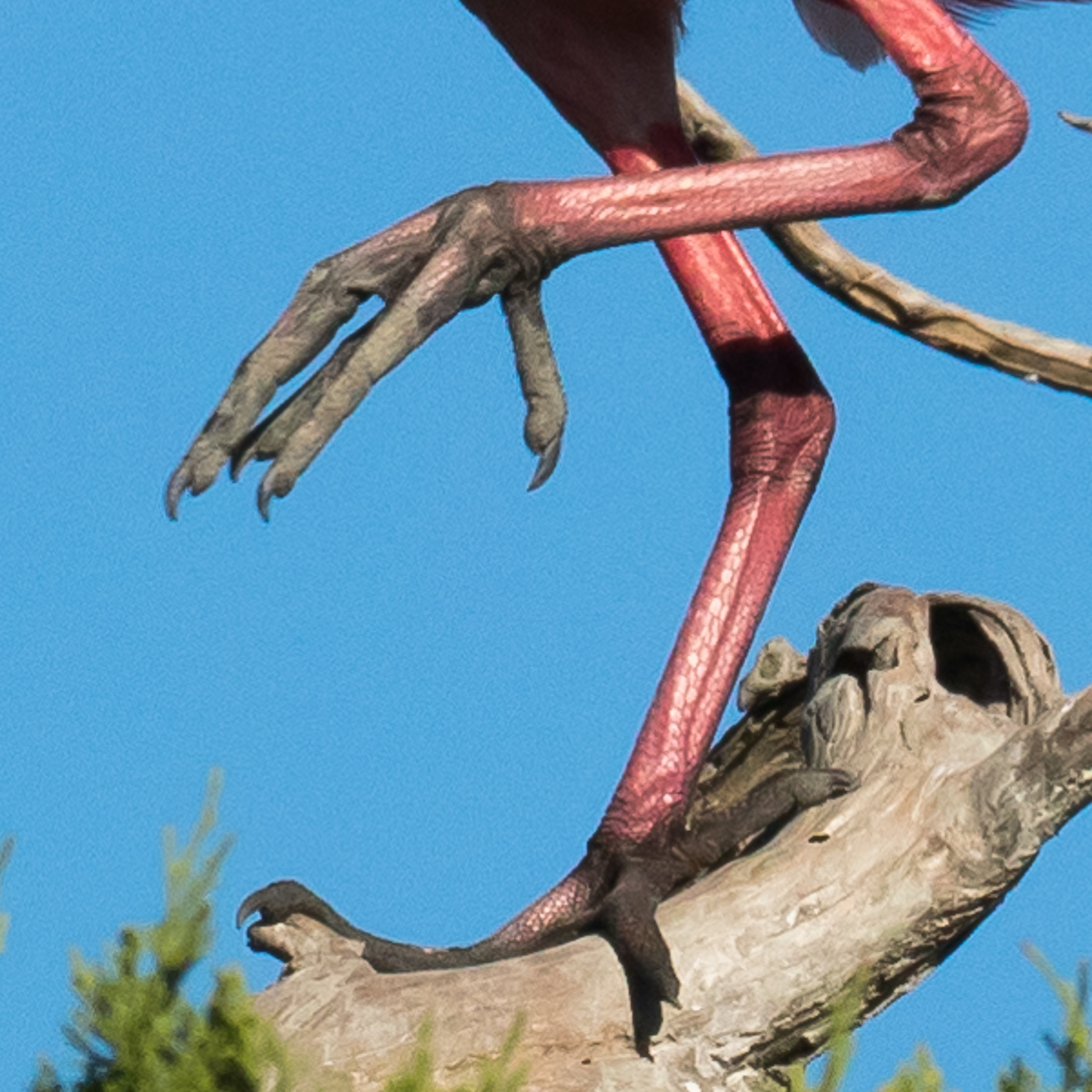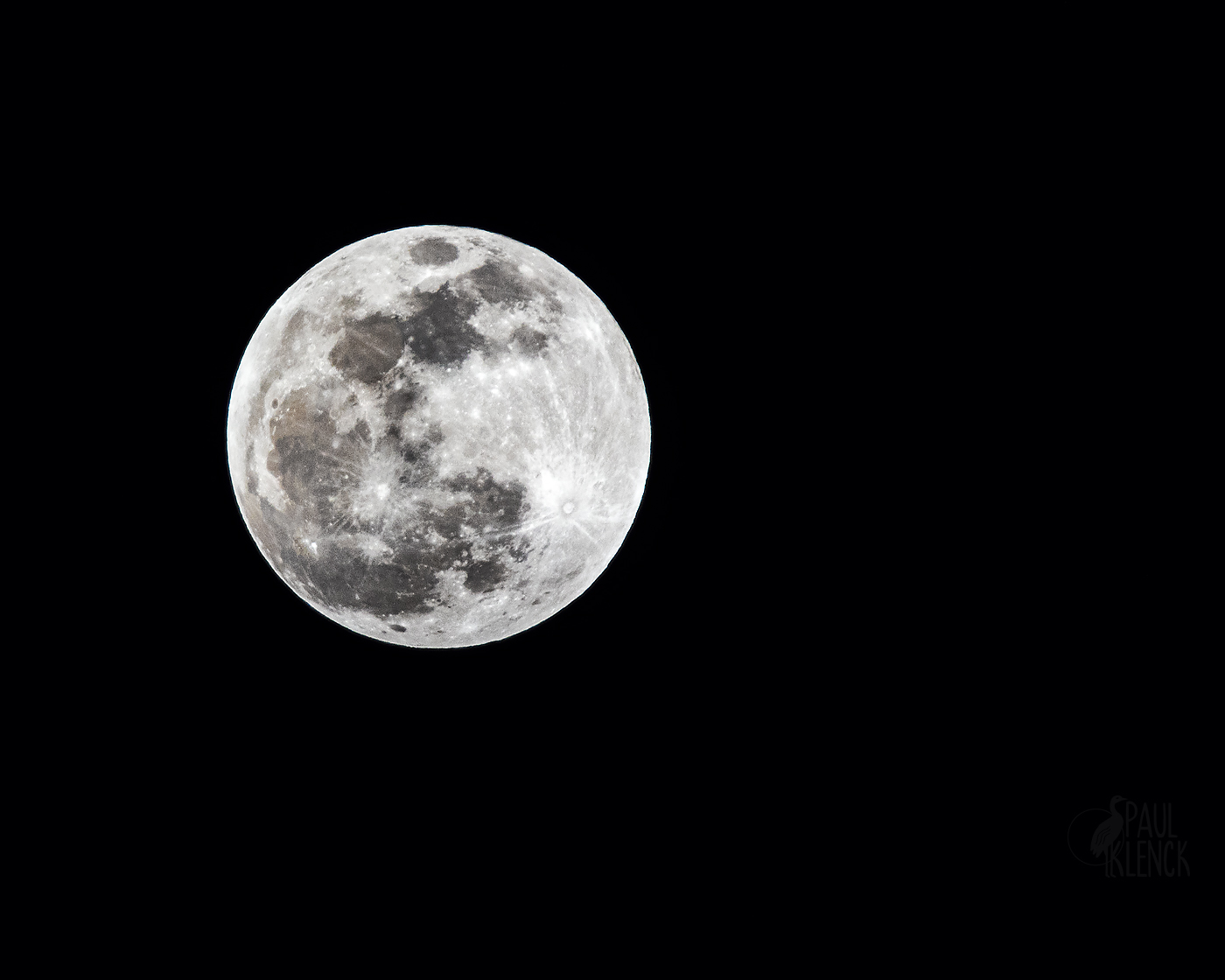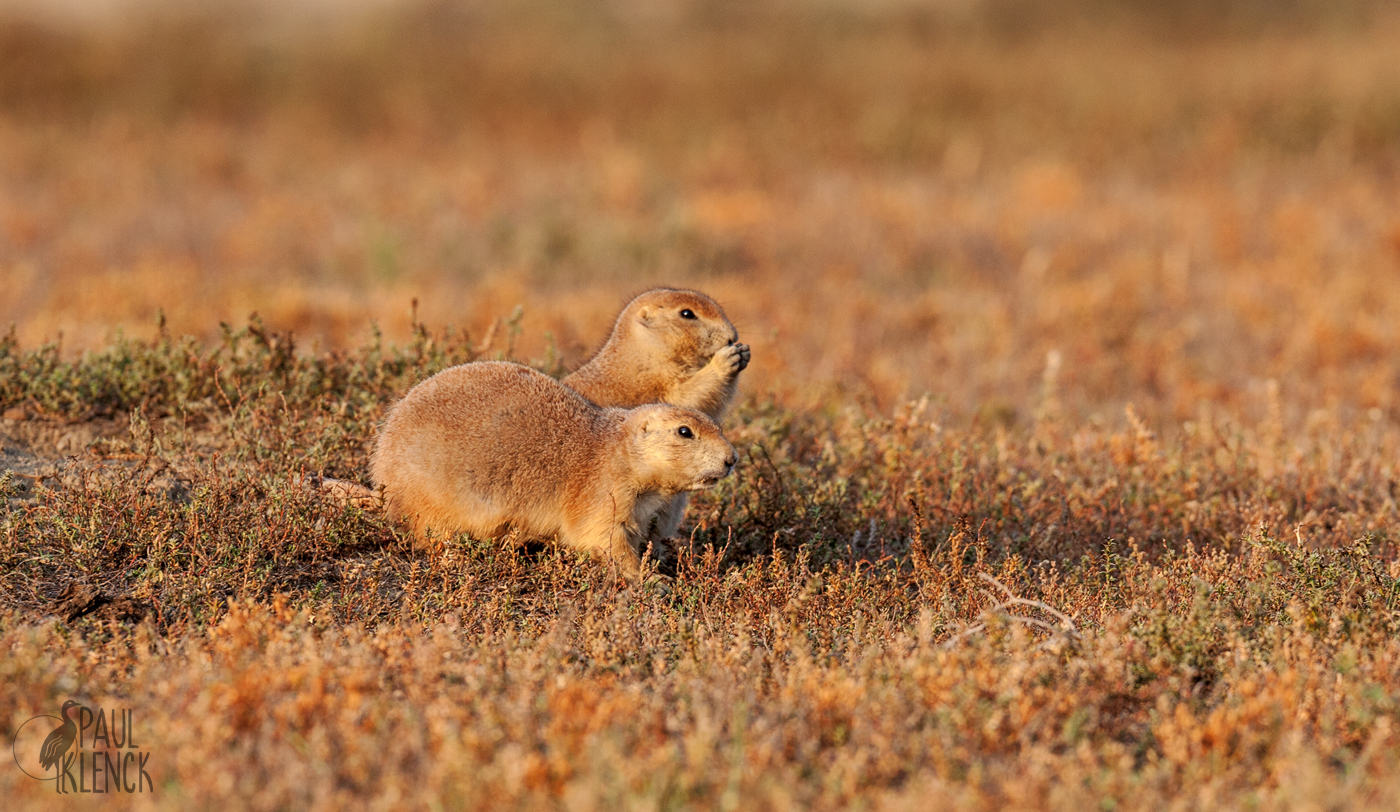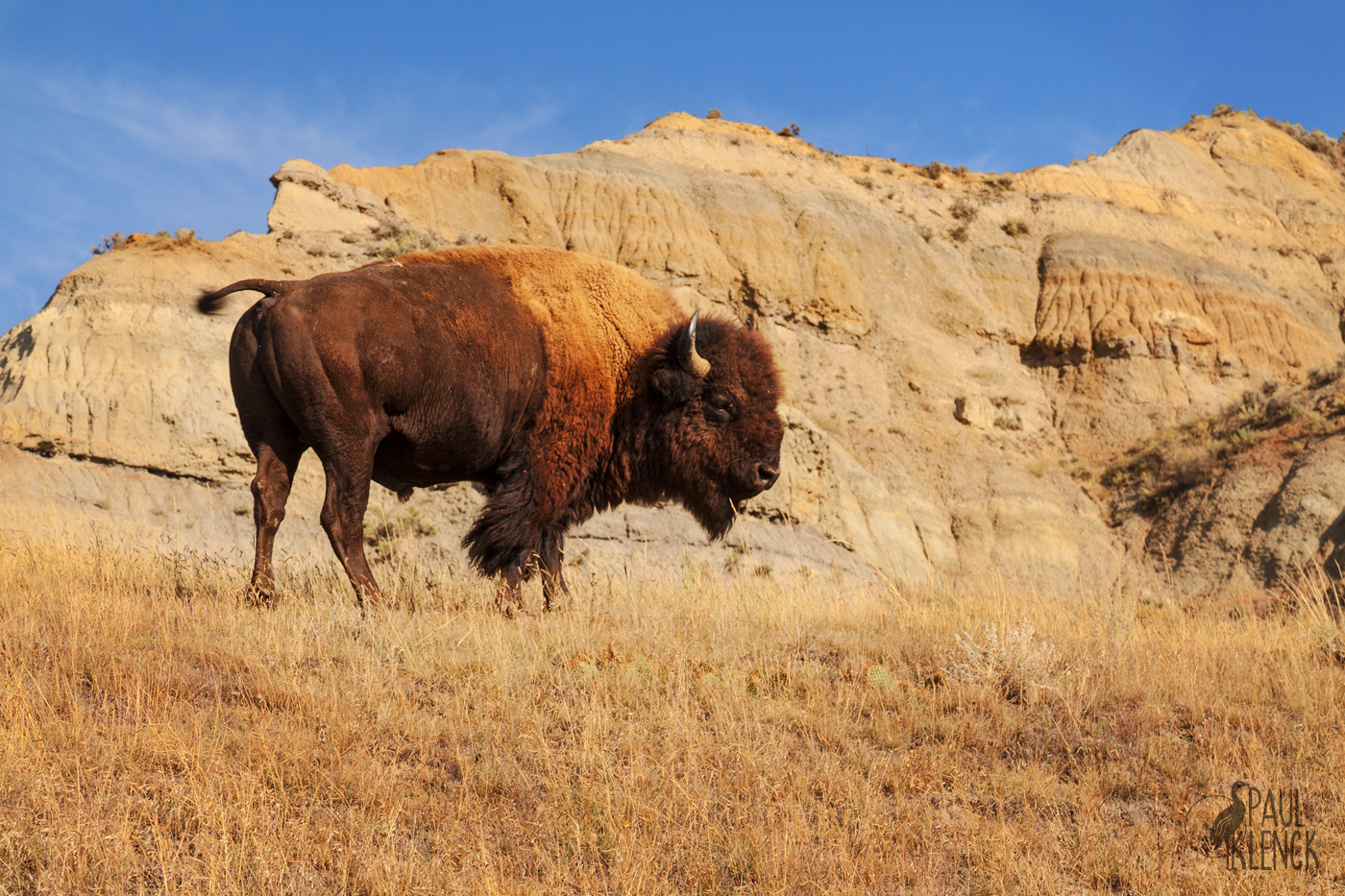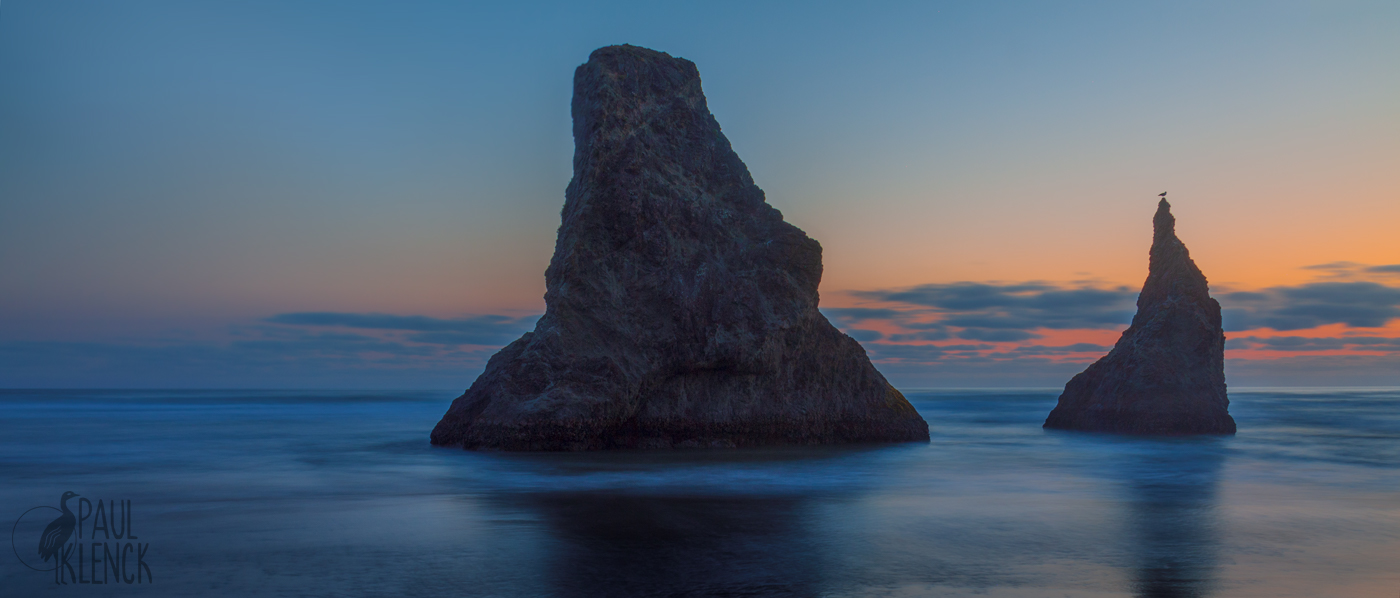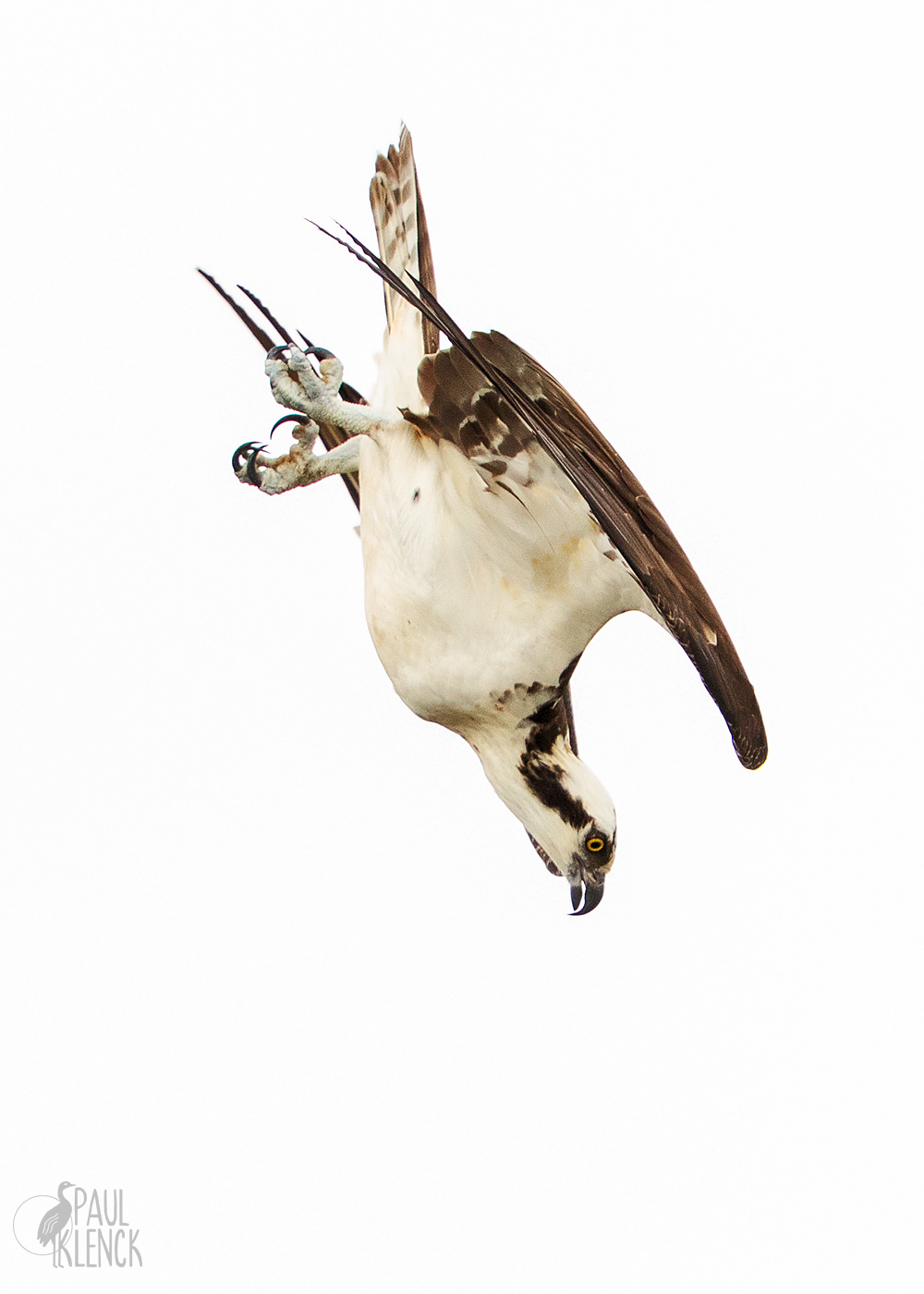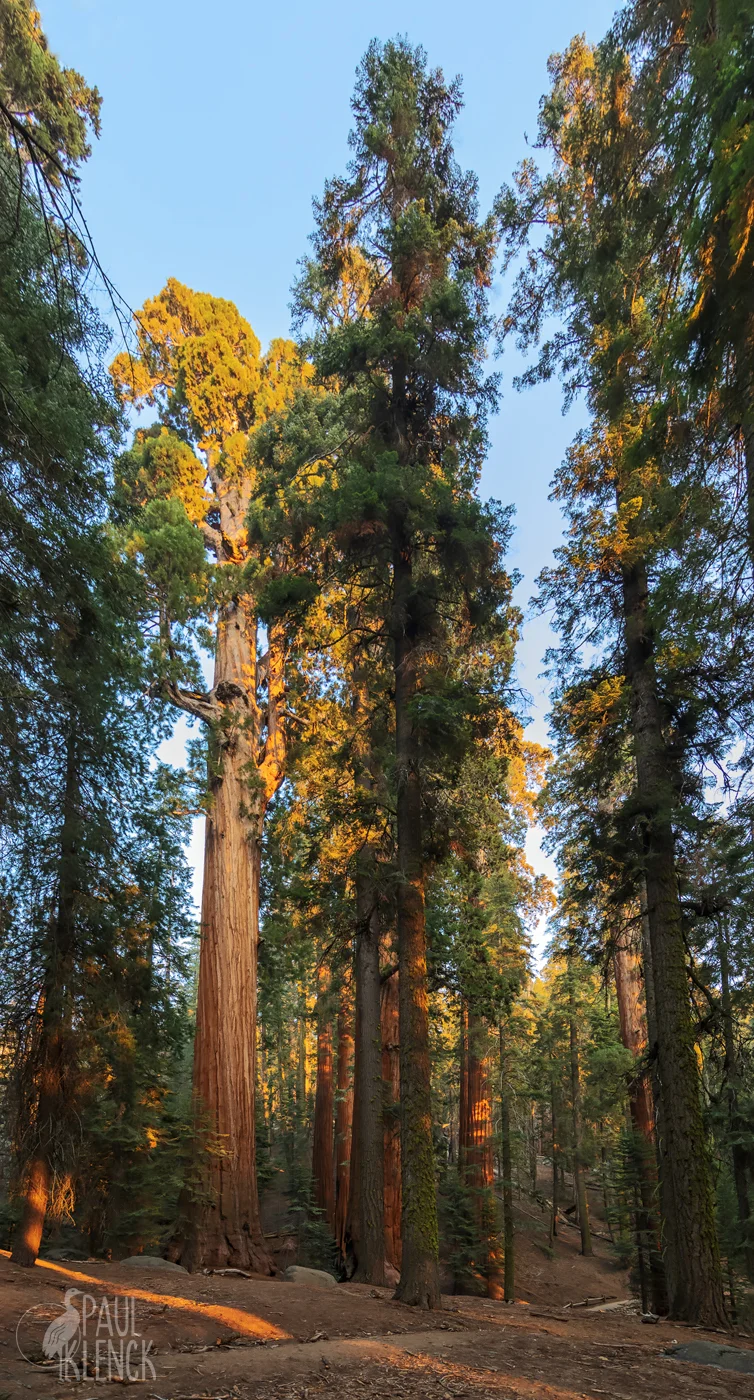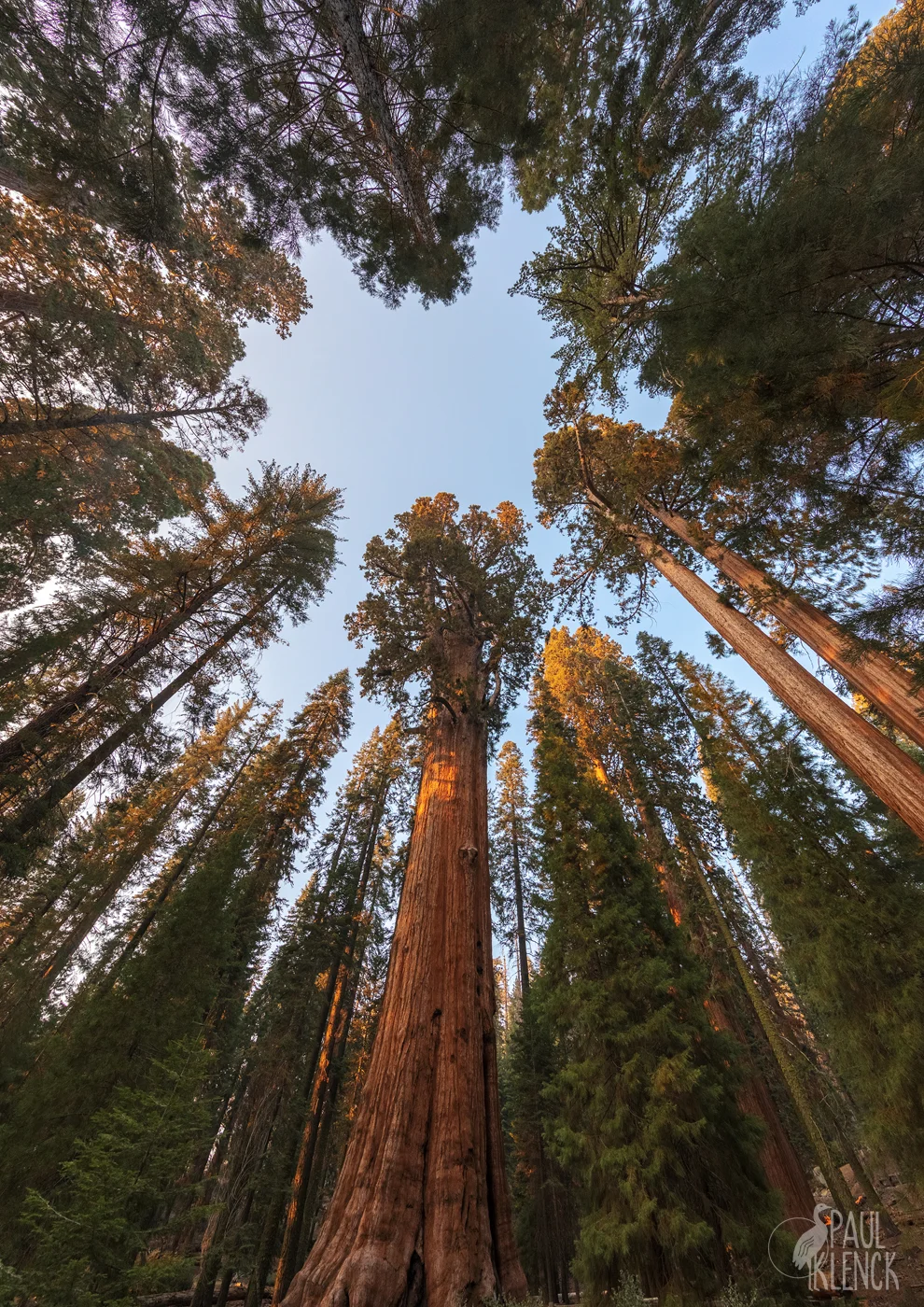A couple months ago, I wrote that the memory of the first time I saw Roseate Spoonbills remains imprinted on my mind, and how the sight of them continues to thrill me. One of the wonders of a photo is that it can capture and let us study details we cannot otherwise see. So here are some details from images this week of Spoonies from the St. Augustine Alligator Farm rookery.
You might call Robin a red-breast, but look at me
I can grab a branch or swirl up food from the muck with these
I don’t need the eyes of a hawk, but it’s sure nice they match my apparel
Do you agree these are my best feature?

